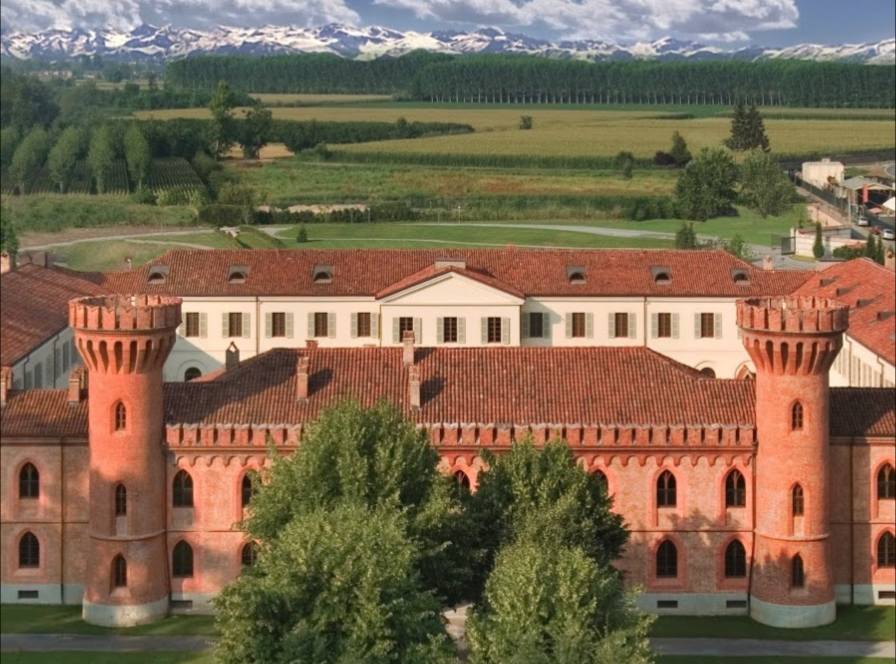Italian and foreign students benefit from a comprehensive gastronomic education. Interview with Nicola Perullo, Associate Professor of Aesthetics at Pollenzo’s University of Gastronomic Sciences.
What is the importance of education and training taste in the diffusion of Italian art and culture?
As is well known, Italy is the country with the highest number of cultural properties in the world. It has a long history and an unsurpassed tradition in the field of Western art. The same can be said of “material culture”: fashion, design, and even cuisine and gastronomy. In recent years, Italy has tried to communicate and promote this immense mine of taste-related values – traditional products (there are over 600 DOP and IGP products), great wines, olive oil, pasta, along with territorial and local cuisine – but there’s still plenty to do by way of education. In fact, to know how to fully appreciate a food or a wine requires knowledge of not only the sensory characteristics, but also how and where it was produced. In order to add – symbolic but also economic – value to what we eat; it’s both necessary and essential to cultivate a path of knowledge and expertise.
How is “Italian” flavor defined when it comes to food?
Italian flavor is characterized by its extreme regional and local diversity. In Italy the same product – for example cheese or ham – takes on very different production and sensory characteristics, depending on whether it’s produced in the North or in the South, on the plains, in the hills, or in the mountains. There is a universe of very different product traditions and cultures, which are then transferred to the cuisine. Italian cuisine is a cuisine centered on raw materials over and above technique, a cuisine that has maintained a strong link with the territory and – it’s true even in the case of the best-known and most creative restaurants in our country – with tradition and with the “home cooking” of our grandmothers and mothers. I would say that this is specific to Italian flavor.
What kind of training would be available to an Arab student and which tools and employment opportunities will international students find at the University in Pollenzo?
In our university we don’t train experts in Italian cuisine, but rather in the culture of food. In this sense, our non-Italian students (who are the majority) find in our Athenaeum the tools to understand the culture of the product, its supply chain from production to consumption, and they can then apply this knowledge to the context of their countries of origin, if they want to work towards enhancing their territories. Or, in other cases, they can work in the import or trade of different products and traditions: many former students have opened businesses in this capacity, or have gone on to work for other companies in the field of marketing or promotion. In countries where food is becoming an increasingly important in cultural and gastronomic key, this training is ever more successful (93% of our graduates find a job in the food field within 6 months of graduation).
© 2016 Art Valley. All rights reserved.
